I came to Porto because of COVID. I suppose if I was going to get COVID, it was going to happen on the Camino. The new vaccine came out after we left the US, so I hadn’t had a booster in almost a year. And while much of my day on the Camino was outdoors, the other parts were intensely communal - sleeping in bunk rooms, big communal meals. Bad weather made the crowding worse as everyone huddled in bars and cafes, waiting for the rain to let up.
Luckily we were in a big city, Leon, when I got sick. We had decided to treat ourselves to a nice hotel, because it was my birthday (perhaps not the choice we would’ve made if we’d known we’d be staying there a week instead of a day!). The hotel was on a main square in town, and as I lay in bed, I got to watch the surreal spectacle of giant fish ponds being built in the square - some sort of festival to teach people about fly fishing (?!?!). It was like the angler ponds in Golden Gate Park except with LIVE FISH. They were also tearing up the pavement in the other half of the square, which made me feel extra bad for the fish. The noise in those ponds! (Though TBH not sure if fish have ears.)
It was disorienting to be sick in a country with leaders not bought and paid for by the pharmaceutical and health insurance industries. When Andy went to buy a test initially, he asked the person at the pharmacy if the government subsidized the tests because they were so cheap. The worker gave him a confused look and told him the government tells the companies how much they get to charge for the tests, and that’s it. When we went to the pharmacy to stock up before we left town, we got 10 N95 masks, two different medications and six tests — all for 20 Euro.
Once it was safe for me to travel, we headed to Porto, where we had a free place to stay thanks to my across the hall neighbor in SF owning an apartment there.
After a week of naps, I finally had the strength to be a tourist. This meant taking public transit - one of my favorite things to do as a tourist. I love the bus. It’s cheap. It allows you to see the city from a different perspective (literally; you’re up higher than a car). And you get to hang out with local folks - like Porto’s university students who wear a uniform of extremely chic black suits with capes over them. Total wizard vibes. Porto’s subway is also great. It’s only twenty years old and has 70km of track, at a cost of around $1.2 billion. As a point of comparison, the central subway, a 2.74 km line in San Francisco, took 12 years to build and cost $1.5 billion.
My love of transit meant we had to go to the streetcar museum in Porto.
We’ve been to a lot of fun museums over the past two months, so below is a list of the top five. We head to Wales on Friday, so this newsletter will soon return to its regularly scheduled program of pictures of beautiful landscapes and meditations on walking.
TOP FIVE MUSEUMS I’VE VISITED IN SPAIN AND PORTUGAL (IN NO PARTICULAR ORDER)
Museu Frederic Mares, Barcelona.
I’d venture a guess there’s only one museum in the world where you can see religious art from the 15th century, hundreds of skeleton keys, and a collection of cigarette rollers. That museum is the Frederic Mares in Barcelona. The museum exists seemingly because a rich sculptor from the 1940s realized he had too much stuff - every nook and cranny in his house was filled - so he decided to call it a “collection” and donate it to the city of Barcelona.
The most astonishing aspect of this museum is the almost complete lack of interpretation - or even labels. A visit leaves you with many more questions than answers.
The first floor is devoted to religious sculptures — room upon room of crucifixes and sculptures of Mary with Baby Jesus on her lap. Although the Catholic Church I grew up in was nontraditional in many ways, we did have a giant cross with Jesus on it at the front of the sanctuary. And it wasn’t until coming to the Mares that I realized I viewed these crucifixes as a sort of religious appliance - a standard part of the church, necessary but not particularly interesting. Seeing dozens and dozens of life-sized Jesus in a crucifixion position (often without a cross behind him) hung next to each other made me realize how artistic, graphic, and sometimes disturbing these crucifixes can be. This was the only section of the museum with labels, but they were all in Catalan - an odd choice for a tourist spot to not have labels in Spanish (or “Castilian) but now is not the time for me to get into the complexities of Catalan nationalism.
As you walk higher in the museum, the collection becomes progressively weirder. A room with hundreds of fans. Mustache trimmers. Pipes - including one made out of a baby deer leg. Playing cards. Three rooms full of holy water fonts made of glass, enamel, stone, pottery. Miniature puppet theaters. Toy soldiers. Old subway tickets.
It’s a wonderful and surprisingly massive museum, stuffed to the brim with the content of a quirky mind. Prepare to be overwhelmed, delighted, and confused.
Museu Etnografico Provincial de Leon in Mansilla de las Mulas.
Curators in Spain and Portugal seem to LOVE models and dioramas, and this museum had some of the the best.
This excellent museum is a cultural history of the state of Leon and covers food, festivals, traditional dress, architecture, and so much more. In a section on traditional forms of self-governance, I learned that each village had a council with a representative from each family who would make decisions on local matters and solve disputes. Attendance was mandatory - failure to attend resulted in a fine of two liters of wine and “misbehaving or failing to show respect” during the meeting resulted in a fine of sixteen liters of wine. Seems like a great practice.
This museum also referenced the Spanish Civil War — unusual, due to the Pacto del Olvido, or Pact of Forgetting, which I will cover in a later post. There was a giant bell, which had been used in a village to call people to meetings. The bell was shot through by fascists so that it couldn’t be used anymore. A chilling reminder of how facists target the instruments of democracy
Casa Botines in Leon
This museum dedicated to the architect Gaudi is housed in one of his first buildings. Apparently he experienced his religious awakening while building it, which eventually led to La Sagrada Familia. While Casa Botines doesn’t have all the trippy weirdness of his later works, the building and its exhibits showcase Gaudi’s creativity, attention to detail, and love of beauty. Gaudi was also quite eco-conscious, before that was really a thing. He designed his buildings inspired by structures of the natural world, used clever designs to allow for more natural light and ventilation, and built with local and recycled materials. I LOVE Gaudi and this museum did an excellent job of explaining and showcasing his work.
Parque Serralves in Porto
This park includes museums, a sculpture garden, and a farm. The contemporary art museum included a video installation called “Children’s Games” with screens showing videos of kids playing games from all over the world. One that was particularly disturbing showed a group of young boys in Ukraine playing “checkpoint” on the road near their village, complete with fake uniforms and guns. Powerful stuff.
The sculpture garden included a walkway through the trees and the farm had all sorts of animals and a vegetable garden tended to by Kindergarten students. It reminded me of Golden Gate Park with its perfect mix of natural and human-made beauty.
Afurada is a small fishing village near the mouth of the Douro River. It’s across the Douro from Porto and not particularly easy to access, which means it hasn’t been totally overrun by tourists. The museum is a lovely history of fishing in the village, complete with model fishing boats and displays of old fishing gear. My favorite part was its extensive collection of videos, mostly from the 1950s and 60s, of fisherman processing their catch, women washing clothes by the river, and women canning fish in factories.
Walk along the river and you’ll come across one of the few still operational public facilities for washing clothes BY HAND in Europe. At first, I thought the clothes hanging outside were part of an art installation, but then I saw the wash house, which has large pools of water and washing rocks. People from the town still use it - this website has some great pictures. There are also beautiful beaches, marshes with blinds for bird watching, and restaurants serving grilled fish. It’s a special village for an unhurried, afternoon visit.

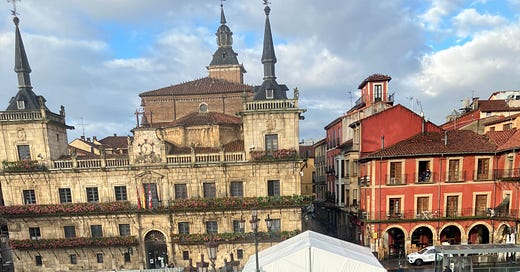



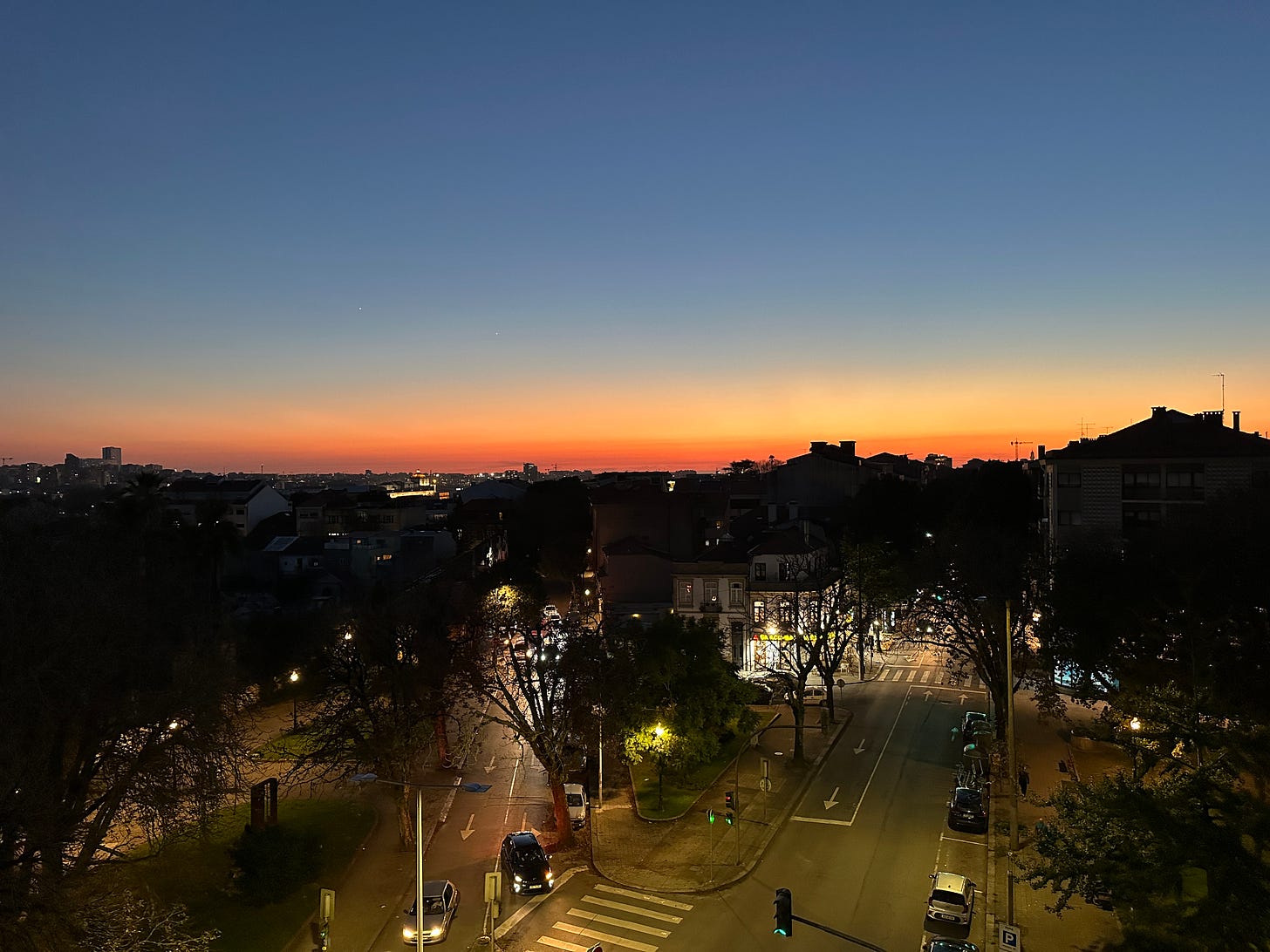
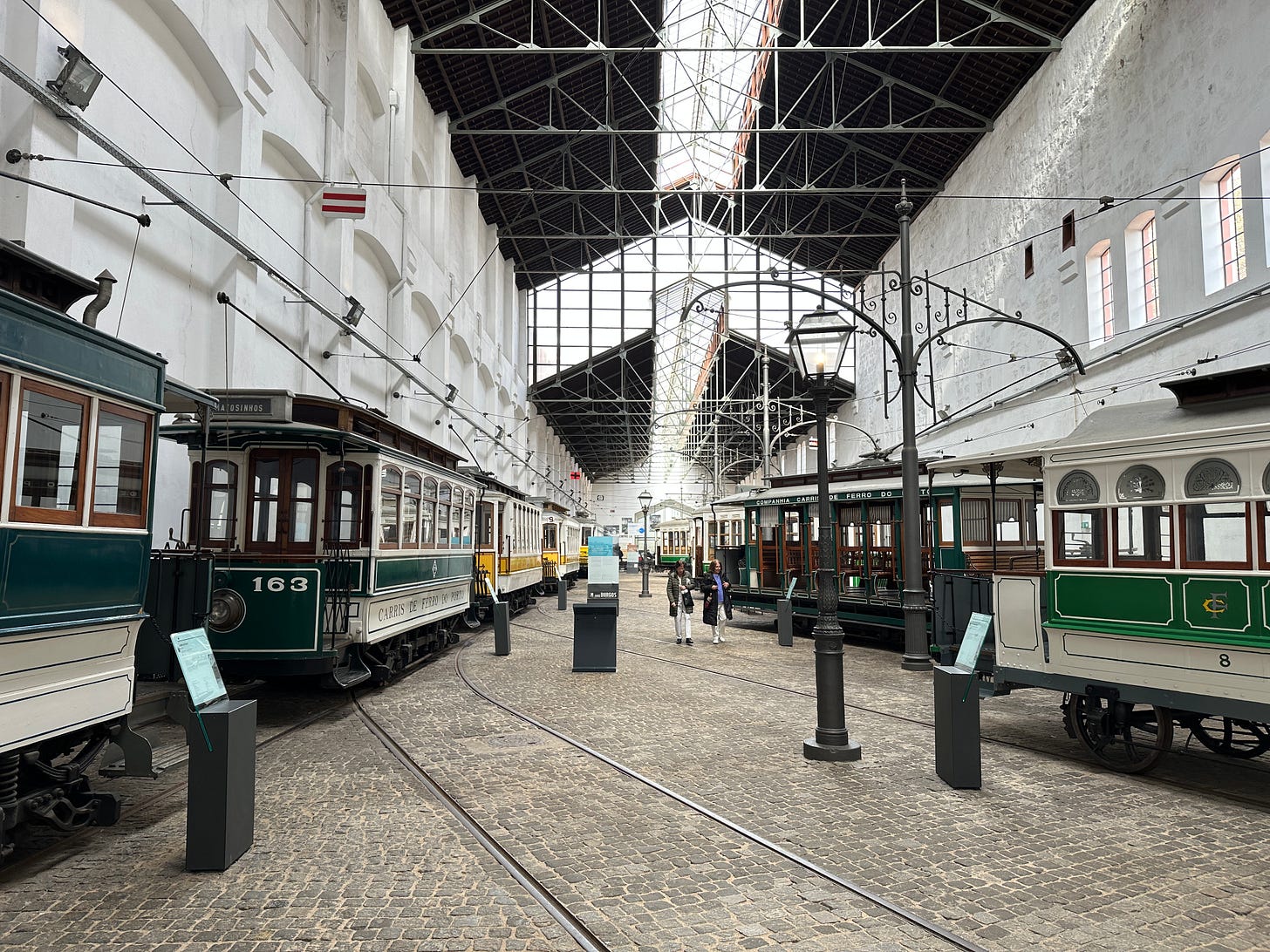
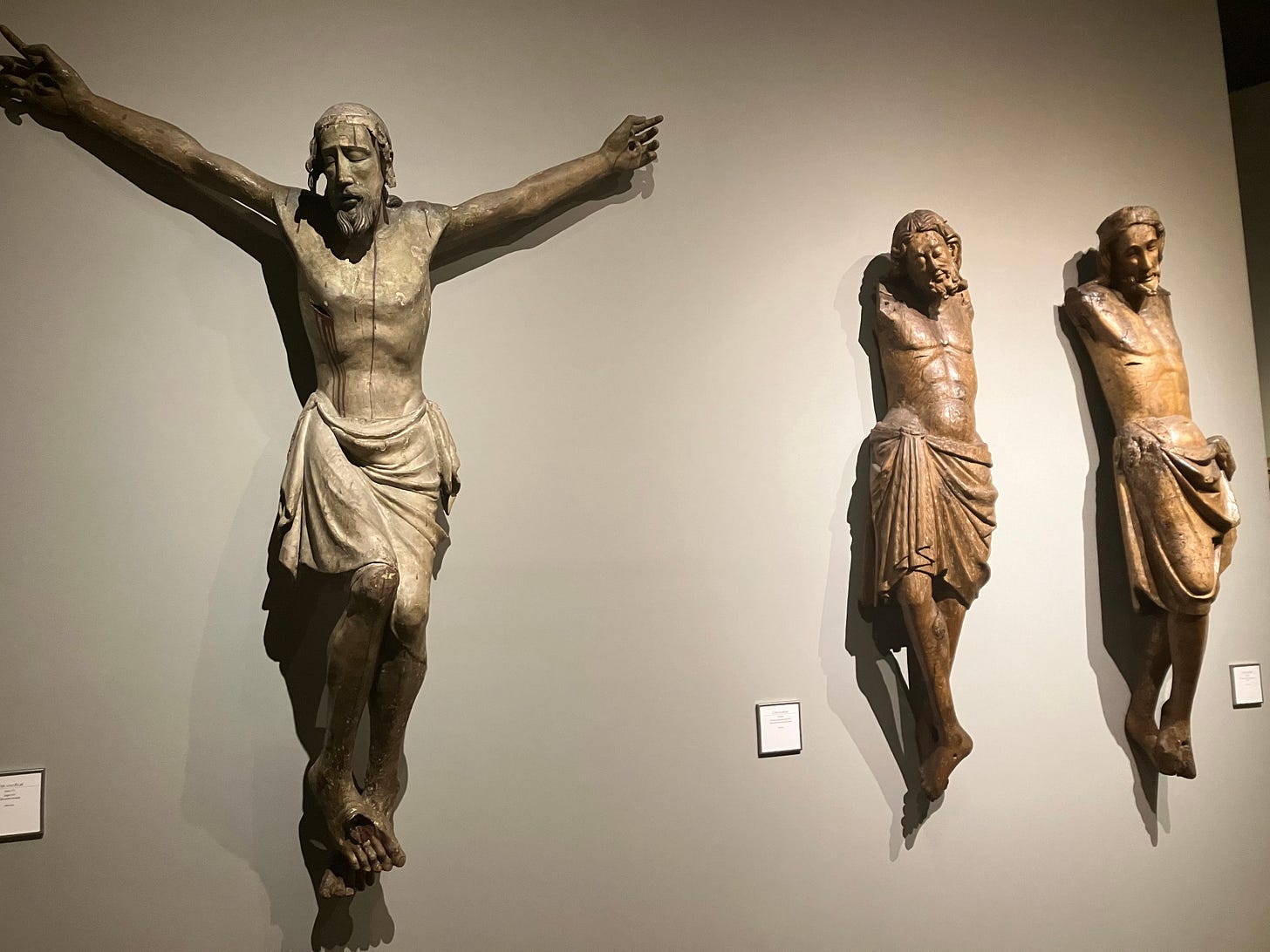
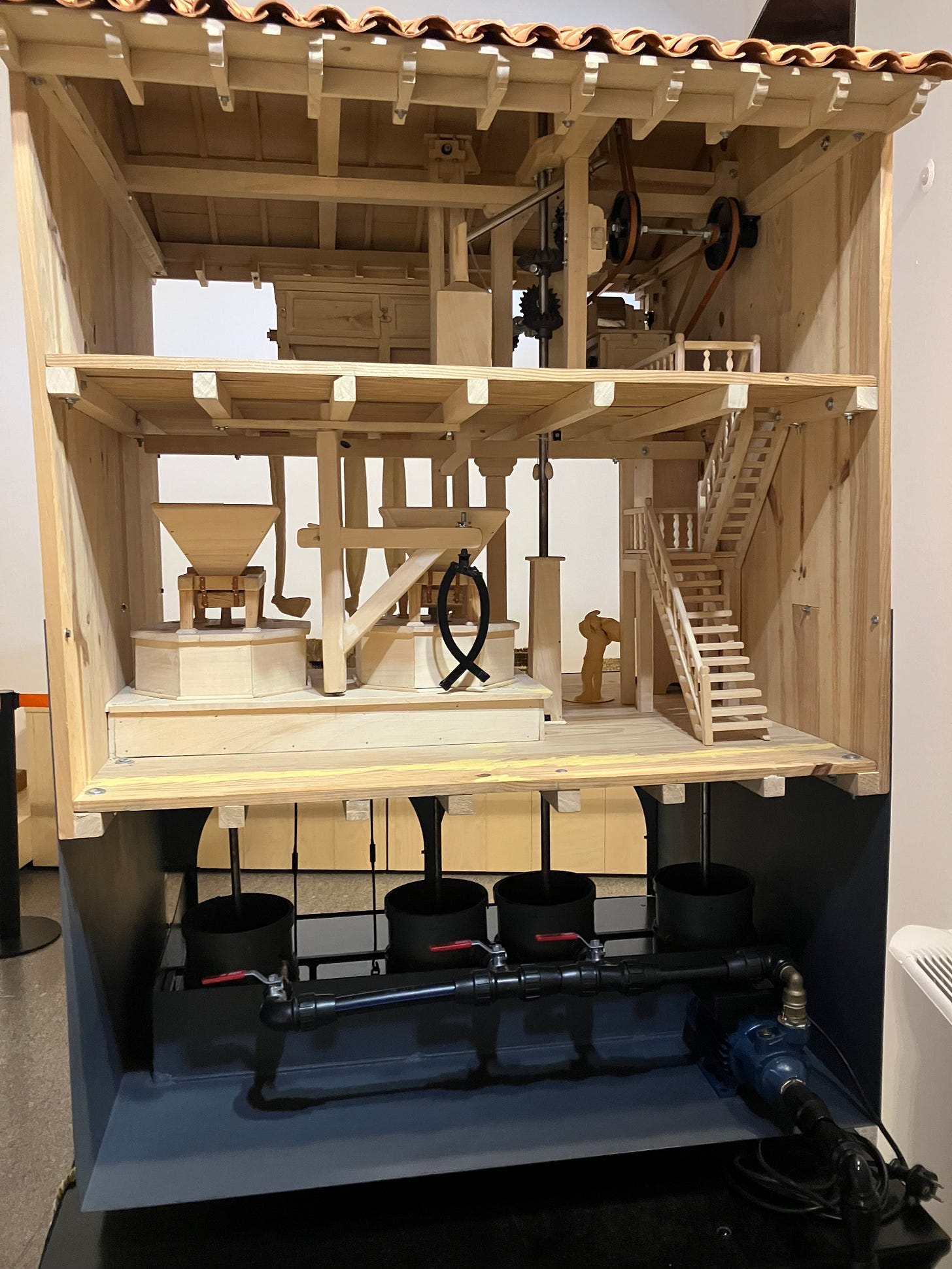
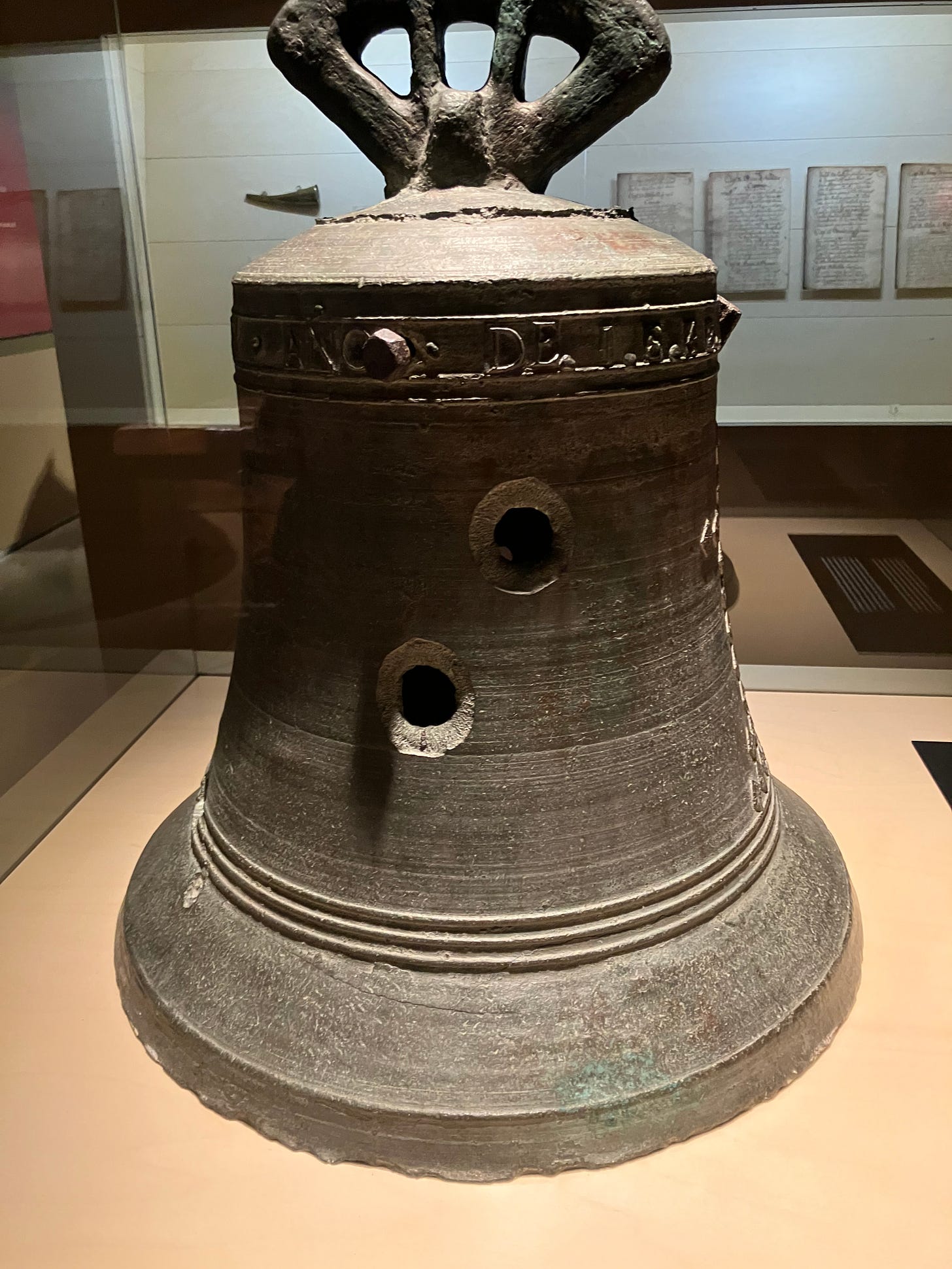
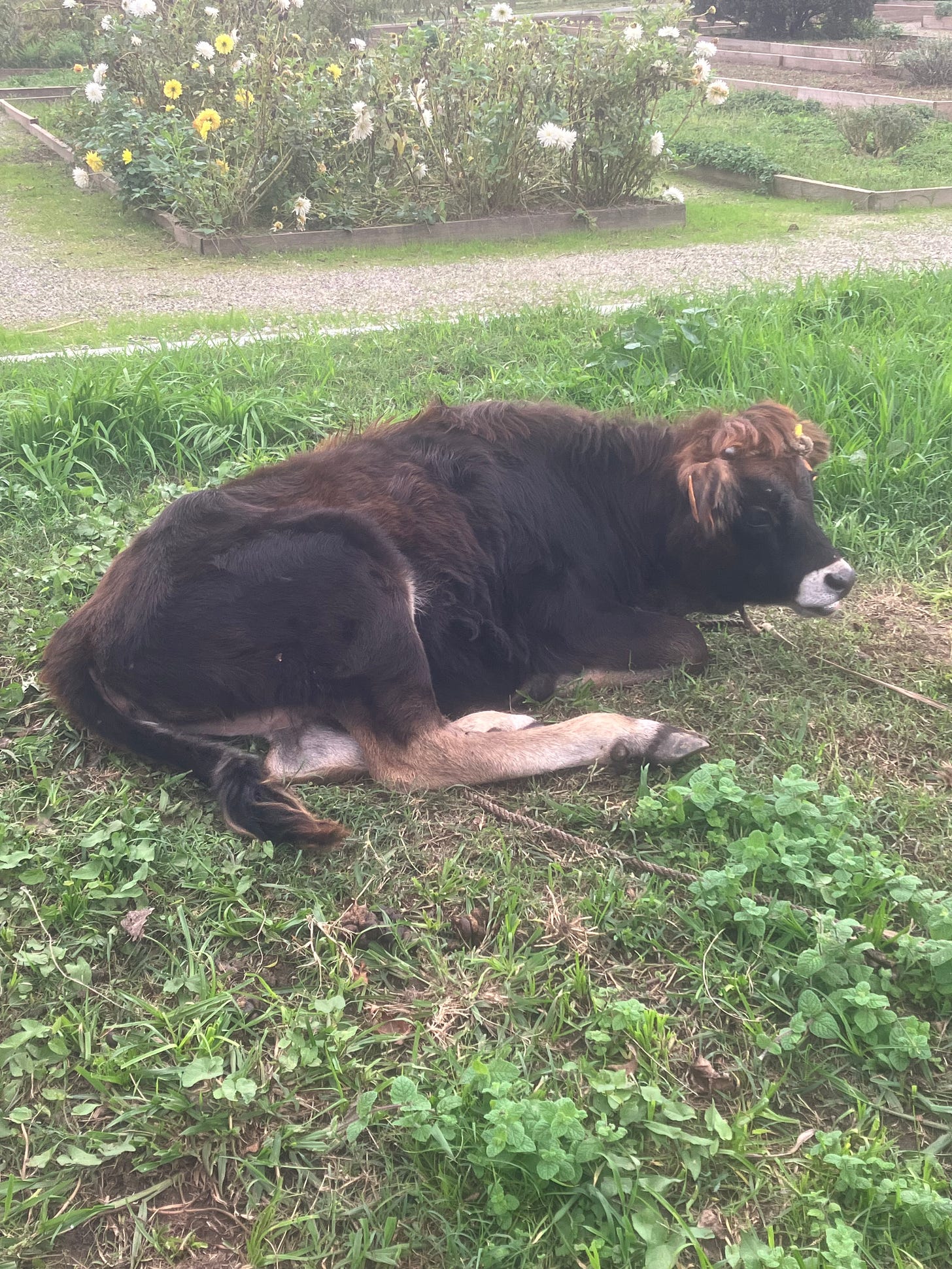
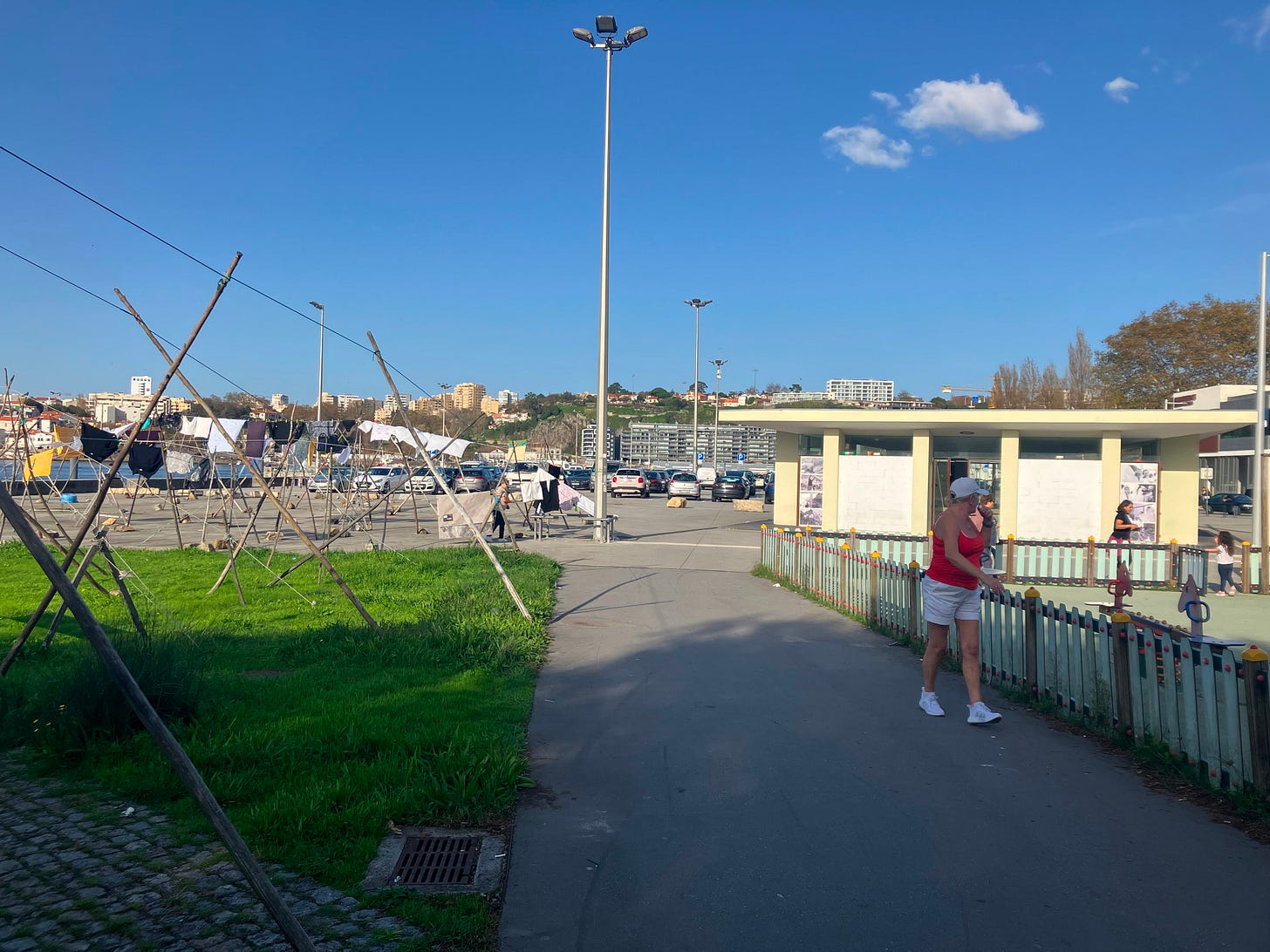
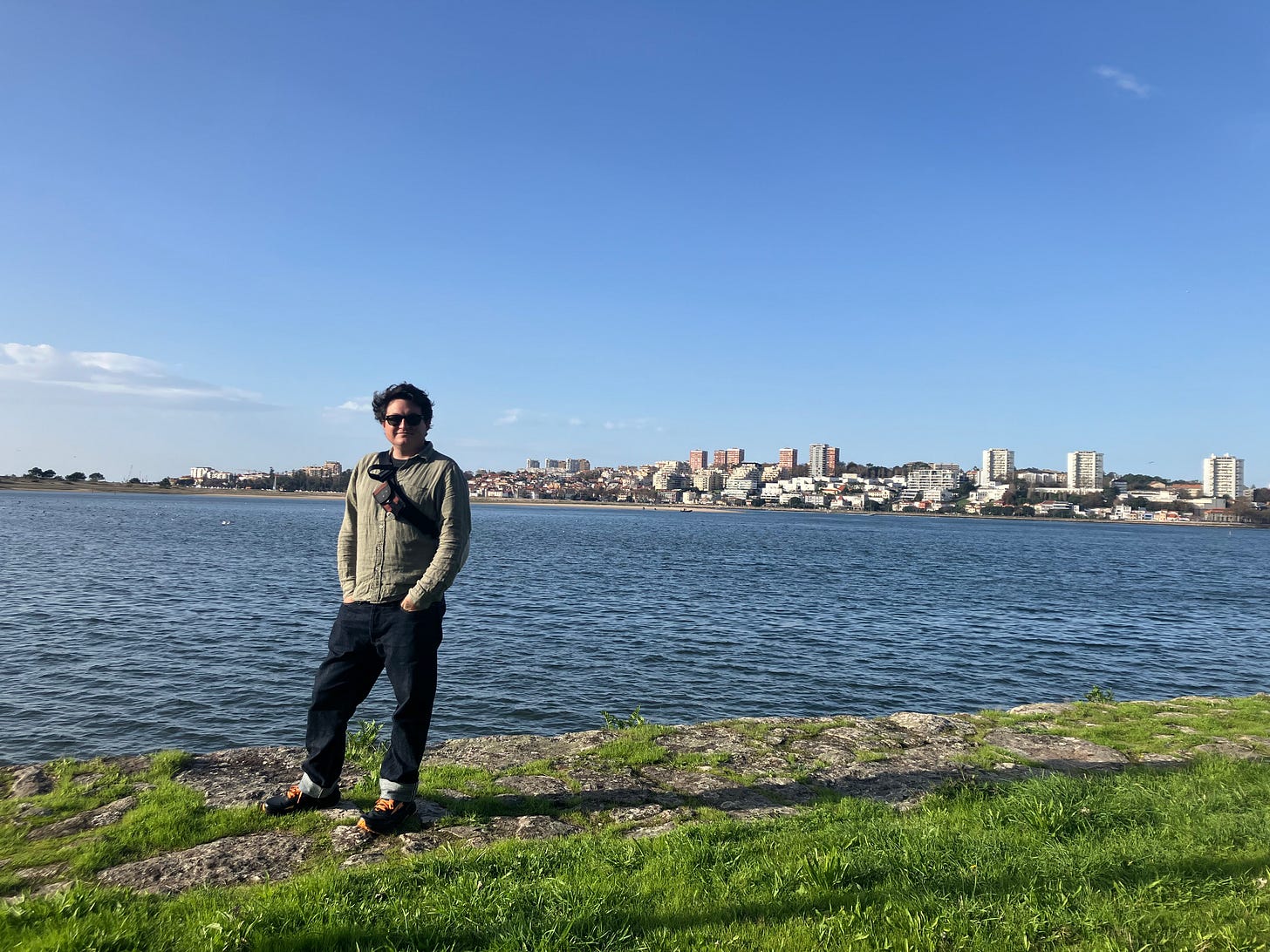
Sounds like you had a rough time with COVID. Nothing worse than being sick while traveling. So glad you are doing better. I am loving your updates and photos from both of you. What an exciting adventure. Love the detailed description of the museums, local culture etc. looking forward to the next leg of your journey
Glad you’re feeling better and able to enjoy the countries and cities you’re visiting. The museums sound wonderful! Did you visit the Livrario Lello in Porto? Enjoy Wales.